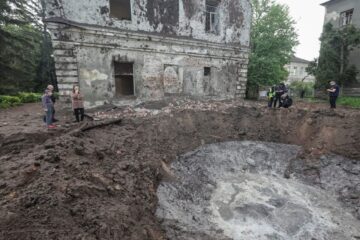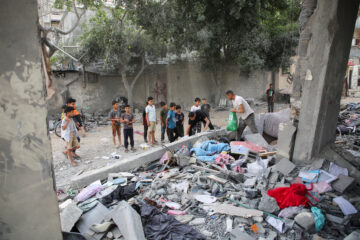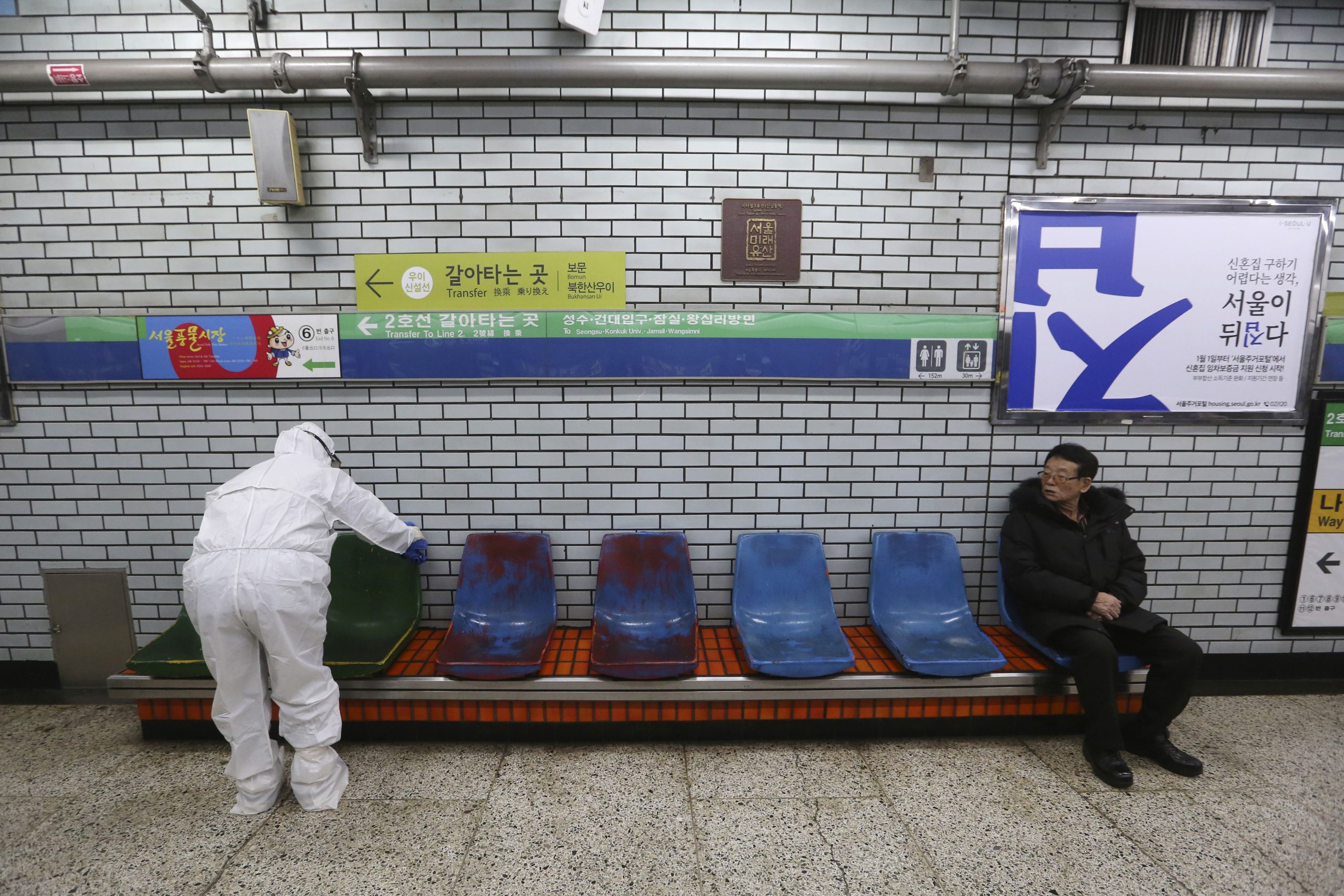Philippine typhoon weakens to a storm; 3 dead
Typhoon Hagupit weakened into a storm Monday after it left at least three people dead and sent more than a million others into shelters, sparing the central Philippines the massive devastation that a monster storm inflicted on the region last year.
Shallow floods, damaged shanties and ripped off tin roofs were a common sight across the region, but no major destruction has been reported after Hagupit slammed into Eastern Samar and other island provinces.
Hagupit — Filipino for "smash" or "lash" — was packing maximum sustained winds of 105 kilometers (65 miles) per hour and gusts of 135 kph (84 mph) on Monday, considerably weaker from its peak power but still a potentially deadly storm, according to forecasters.
The typhoon, which made landfall in Eastern Samar late Saturday, was moving slowly at 10 kph (6 mph) and was dumping heavy rain that could possibly trigger landslides and flash floods.
Traumatized by the death and destruction from Typhoon Haiyan last year, more than 1 million people fled to emergency shelters and safer grounds.
Hagupit (pronounced HA\’-goo-pit) was moving across a string of island provinces and would be near the bustling capital, Manila, by early Tuesday, according to government forecasters.
Manila Mayor Joseph Estrada said more than 5,000 residents of a shantytown on the edge of Manila Bay have been evacuated due to possible storm surges.
"We\’ve prepared and trained for this," Estrada told The Associated Press, adding his greatest fear was widespread flooding. Metropolitan Manila has a population of more than 12 million people.
Like villagers in the central Philippines, Estrada said Manila residents were readily moving to safety because of troublesome memories of Haiyan\’s devastation last year.
"That\’s still very fresh in their minds," he said of Haiyan\’s tsunami-like storm surges and killer winds that left thousands of people dead and leveled entire villages, most of them in and around Tacloban.
Two people, including a baby girl, died of hypothermia in central Iloilo province Saturday at the height of the typhoon, disaster-response agency chief Alexander Pama told a news conference. Another person died after being hit by a falling tree in the eastern town of Dolores, where the typhoon first made landfall, according to Interior Secretary Mar Roxas.
Displaced villagers were asked to return home from emergency shelters in provinces where the danger posed by the typhoon had waned, including Albay, where more than half a million people were advised to leave evacuation sites.
Nearly 12,000 villagers, however, will remain in government shelters in Albay because their homes lie near a restive volcano.
While officials expressed relief that the typhoon had not caused major damage, they warned that Hagupit was still on course to cross two major central Philippine islands before starting to blow away Tuesday into the South China Sea.
Several typhoon-lashed eastern villages isolated by downed telephone and power lines were out of contact, Welfare Secretary Dinky Soliman said.
Army troops deployed to supermarkets and major roads in provinces in the typhoon\’s path to prevent looting and chaos and clear debris, all of which slowed the government\’s response to Haiyan last year.
Source: AP
[do_widget_area inner_adsbar]











